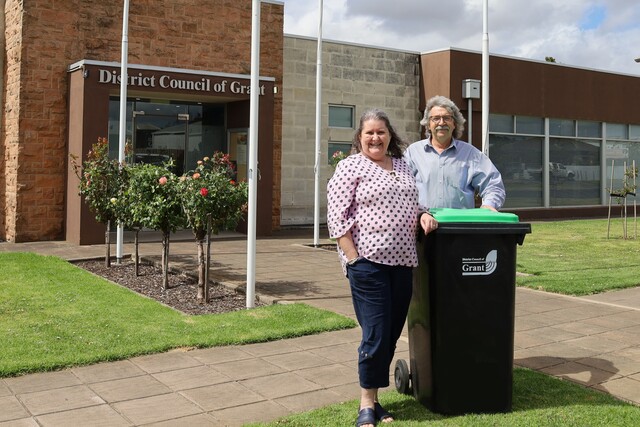by Bruce Rowse*
LED (light emitting diode lighting) – as now commonly found in bicycle lights, torches and garden lights – is widely acknowledged as the lighting of the future, but when will that future arrive? Or is it already here?
In October last year CarbonetiX started an independent evaluation of LED lights as a substitute for fluorescent lighting. The evaluation was undertaken in partnership with the Sustainability Fund, managed by Sustainability Victoria, and with the support of Frankston City Council.
We chose to focus on fluorescent lighting because this is by far the most common form of lighting used in commercial buildings.
The trial has involved firstly a desktop evaluation of LED products, then selection of lamps from those six manufacturers who appeared to have the best products.
These were then tested by CarbonetiX for light output and power consumption. The best performing lamp was then sent to a NATA certified laboratory for photometric testing.
The useful light provided by the best lamp in a standard office fluorescent fitting was similar to that of a used halo-phosphor fluoro tube – a surprising result as earlier testing we had undertaken indicated the LEDs were just not bright enough to be used as a fluorescent substitute.
We then replaced 176 fluorescent tubes at the Mahogany Neighbourhood Community Centre in the City of Frankston with the lamp that had performed best in our testing.
Users of the facility were surveyed before and after the upgrade and noted either no change or an improvement in the lighting.
An illumination assessment showed that illumination levels after the upgrade were around the same as before. Yet power consumption has dropped from over 40 watts per lamp down to 18 watts.
Earlier this month we undertook another check up of the lamps, eight months after they were installed.
Illumination levels were similar to when they were installed, and none of the LED lights had failed. Eight months of operation is not nearly long enough to establish whether or not the lamps will operate for 50,000 hours or not as claimed by the manufacturer. But it is a good start.
LEDs as a fluorescent substitute are still expensive, with roughly a ten year return on investment in an office environment. But this trial indicates that if the technology continues to evolve and prices drop LEDs could help halve the energy used by lighting in commercial buildings.
In June the US Department of Energy launched the $10 million ‘L Prize’ for the development of a 21st century lamp that produces more than 150 lumens per watt (current lighting technology is around 100 lumens per watt).
It also challenged the industry to develop a 10 watt LED replacement for the 60 watt incandescent light bulb. Philips has already submitted an entry in the 10 watt incandescent replacement.
With stimulation like this, LED technology can only improve.
Not withstanding this good news, a strong word of caution for the here and now is necessary.
After our testing we had a lot of LEDs from a number of manufacturers lying around our office. So of course we took out our fluoro tubes and put them in. All of these LED tubes, from five different manufacturers, have now failed.
My advice for anyone contemplating the use of LEDs is to ask the supplier to provide a three year or 15,000 hour guarantee, with lumen depreciation (loss of light output) to be no more than ten per cent over the 15,000







